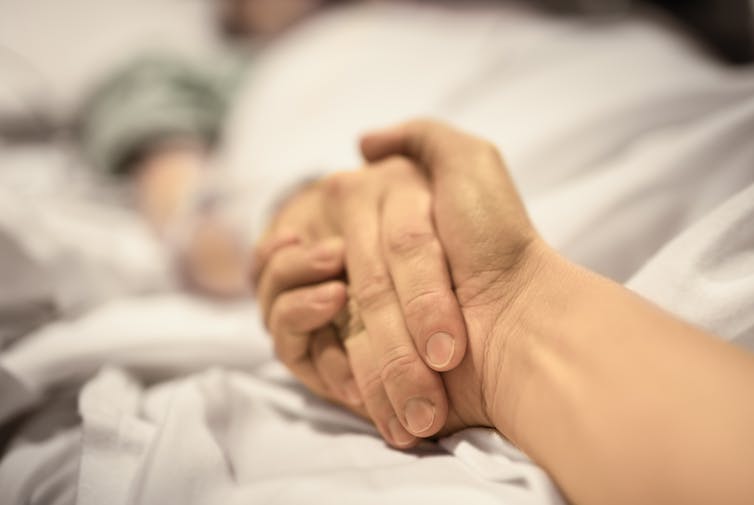Written by: Dr Amna Whiston
On Thursday, 16th November 2023, Professor João Pedro de Magalhães, a prominent microbiologist specialising in ageing and longevity research, gave an engaging and personable New St Cross Ethics Seminar entitled: ‘Should people have indefinite lifespans? Ethical and social considerations in life-extension?’
Following a brief introduction to the biology of ageing, de Magalhães explained the potential intervening with the ageing process, in advance of discussing the ethical and social implications of extending life span. De Magalhães humbly noted at the beginning of his talk that the importance of ethical and social considerations of biomedical research is sometimes underappreciated by the scientists working in this area. However, he argued that the scientific effort to counter ageing is ethical since it aims to enable people to have long and healthy lives for as long as possible.Read More »Event Summary: New St Cross Special Ethics Seminar: Should people have indefinite lifespans? Ethical and social considerations in life-extension, Professor João Pedro de Magalhães


